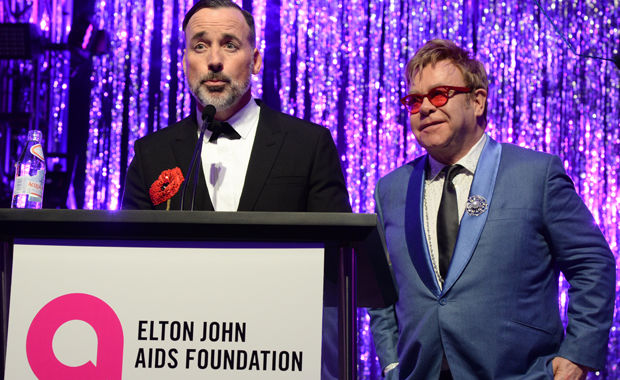An Olympic Skier’s Epic Battle With Uterine Fibroids
Education and Advocacy Downhill skier Kate Pace Lindsay is no stranger to overcoming difficult challenges.

As a three-time Olympian and former world champion, she faced the toughest courses in the world, bounced back after injuries, and kept on going. After her retirement from skiing in 1998, the North Bay-born athlete was about to face her biggest uphill battle yet — an eight-year struggle with uterine fibroids (UF) requiring three surgical procedures and treatment of resulting complications.
When Pace Lindsay first sought medical attention for a sore hip in 2008, she was surprised to learn that she had a large fibroid, the size of a grapefruit, sitting and growing near her hip. It caused her constant pain.
Living with pain due to fibroids
“Trying to manage it dominated my life,” she says. “I was taking over-the-counter pain medication every three hours and was constantly using a heating pad. I couldn’t leave the house without worrying about what kind of pain I might have and whether I’d be able to control it. It changed my mood and sleeping patterns. It even affected what I wore because I’d be hypersensitive to anything tight. With fibroids, I was never free to live the life I wanted.”
“It’s so important that we make sure women have good options early on so they don’t get into a vicious cycle of difficulties and surgery.”
That’s true for so many women around the world. An estimated 50–80 percent will develop fibroids in their lifetime. While half of them will not have symptoms, the other 50 percent will have clinically significant ones. And, their impact on every aspect of a woman’s quality of life can be devastating, from anemia due to heavy menstrual bleeding to anxiety over fertility issues.
Dr. Sony Singh, Vice-Chair of Gynaecology at The Ottawa Hospital, has witnessed the effects of UFs on women like Pace Lindsay first-hand. When the doctor met her, she had already gone through a myomectomy, a surgical procedure to remove uterine fibroids. It didn’t go well. Pace Lindsay had a bad post-op reaction to morphine and landed back in the operating room to treat ongoing surgical bleeding. And worse, the fibroids grew back, eventually requiring her to have a full hysterectomy two years later.
Surgery-free treatment option
With new options and more data on oral medications, the symptoms and fibroids themselves can be treated effectively without surgery. Excessive bleeding can be slowed in just one week, and oral medicines can shrink fibroids and prevent them from growing. “These new options have changed the way we practise in a dramatic way,” Dr. Singh explains. “I wish that I could go back in time so that Kate could have been treated with this medication, sparing her eight years of suffering and possibly avoiding surgery.”
Dr. Singh adds: “It’s so important that we make sure women have good options early on so they don’t get into a vicious cycle of difficulties and surgery.”
Fortunately, oral medications to treat fibroids are now available to women. The Society of Obstetricians and Gynaecologists of Canada, in their updated clinical practice guidelines from February 2015 on uterine fibroids, has recognized the efficacy of oral treatments. Level one evidence (the gold standard) indicates medication can be used for abnormal uterine bleeding, correction of anemia, fibroid shrinkage, and other symptoms due to fibroids.
Meanwhile, Pace Lindsay is totally pain-free for the first time in almost a decade following a hysterectomy. For many other Canadian women, there is new hope in treating uterine fibroids free from surgery and the risks that can come with it.


